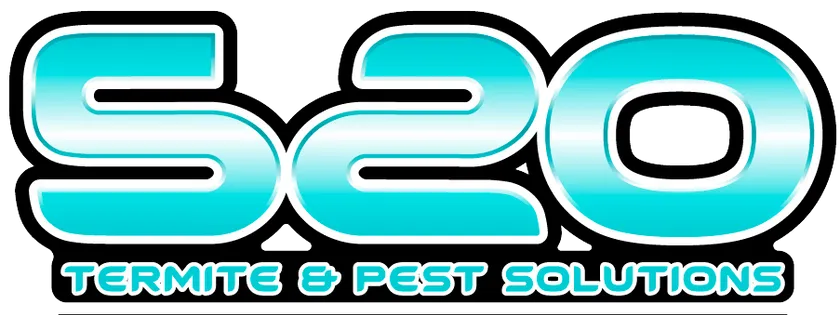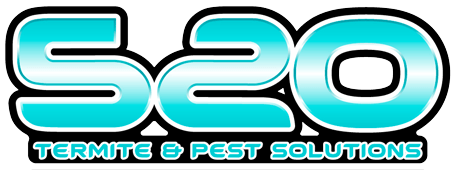
Still seeing bugs after pest control treatment can be incredibly frustrating. At 520 Termite & Pest Solutions, we understand the stress and confusion this situation can cause. Many homeowners expect immediate results and are surprised when they still see insects after professional pest control services. This is a normal part of the process and does not necessarily indicate a failure of the treatment.
In this article, we’ll delve into why you might still notice pests after a treatment, covering the nature of pest control services, common reasons for continued bug sightings, and factors that influence the effectiveness of treatments. We will also dispel some common misconceptions and provide practical steps you can take to support the pest control process. By understanding these aspects, you can manage your expectations and work towards a pest-free home more effectively.
The Nature of Pest Control Services
Pest control services are essential for managing and eliminating unwanted pests that can cause significant damage to your property and pose health risks. At 520 Termite & Pest Solutions, our pest control services encompass a variety of methods designed to address specific pest problems effectively.
Explanation of Pest Control
Pest control involves the management and regulation of pests to prevent them from causing harm. This includes identifying the type of pests present, determining the extent of the infestation, and implementing a targeted treatment plan. Our approach is thorough and tailored to your unique situation, ensuring that we address the root of the problem.
Types of Treatments
There are several types of pest control treatments, each suited for different situations:
- Chemical Treatments: These involve the use of pesticides to eradicate pests. They are effective for a wide range of pests and can provide quick results.
- Biological Treatments: This method uses natural predators or parasites to control pest populations, ideal for environmentally sensitive areas.
- Physical Treatments: These include traps, barriers, and other physical methods to capture or exclude pests from specific areas.
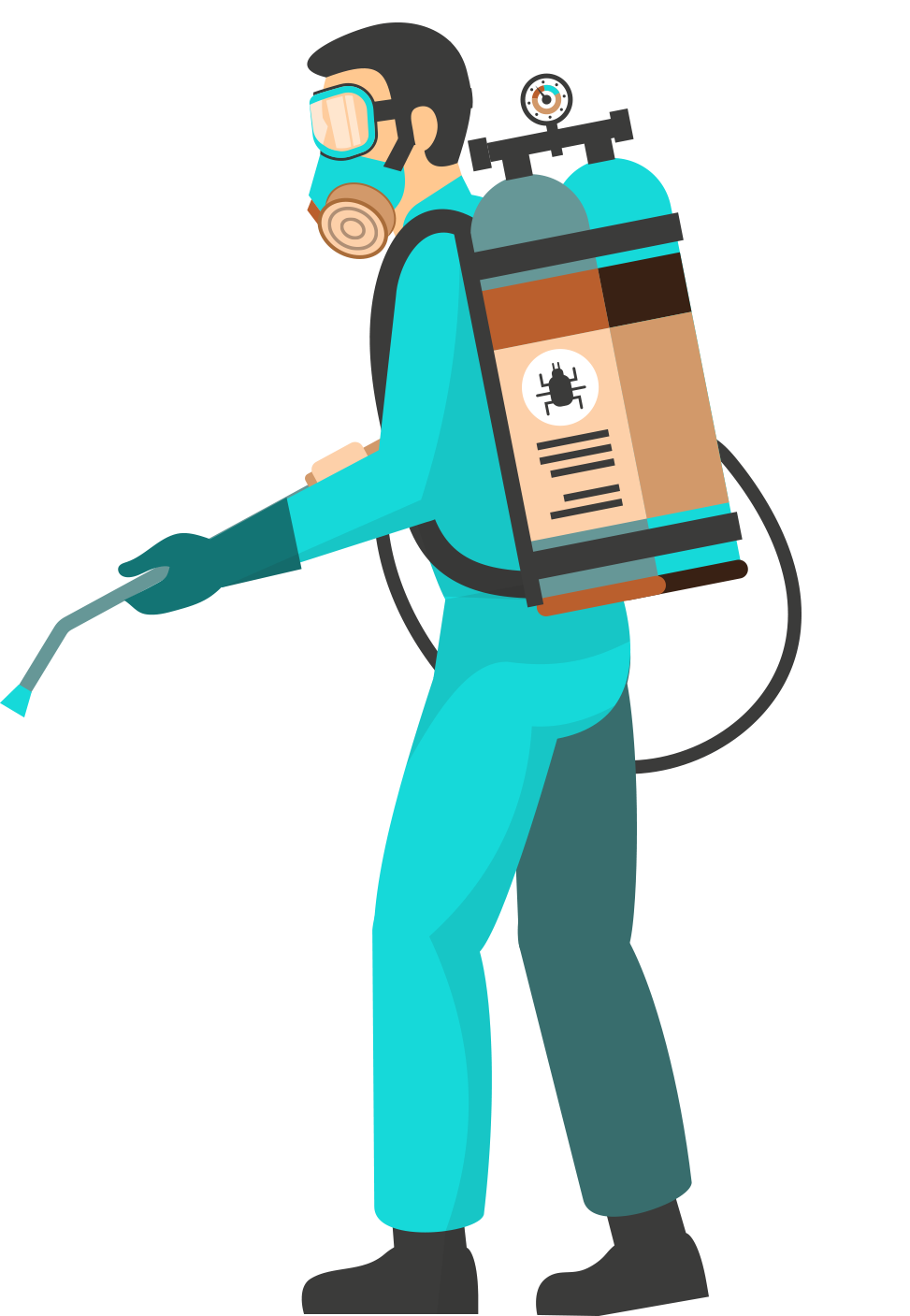
At 520 Termite and Pest Solutions, we believe that an effective pest control strategy not only protects your property but also preserves the health and comfort of your home environment. The ultimate goal is to ensure that your home remains a safe and secure place for you and your family. This is achieved through a combination of eradication, prevention, and management techniques tailored to suit the specific needs and challenges presented by each type of pest.
Expected Outcomes
After a pest control treatment, customers should expect a gradual reduction in pest activity. Initially, you might still see some bugs after pest control as the treatment drives them out of hiding places. It’s important to understand that complete eradication takes time, and follow-up treatments may be necessary to ensure long-term control. Regular maintenance and preventive measures are also crucial in keeping pests at bay. With patience and cooperation, you can achieve a pest-free environment.
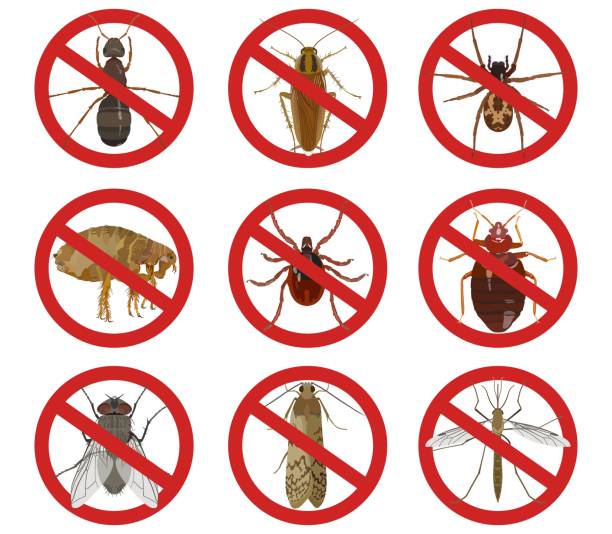
Understanding the type of pest is crucial because it influences every subsequent step in the pest control process. It determines the most effective treatment methods, the timing of interventions, and the prevention strategies that will be most effective. For example, if the pest is identified as subterranean termites, which are known to cause significant structural damage, more aggressive and comprehensive treatment methods may be necessary compared to what might be used for drywood termites, which often affect smaller, localized areas.
Primary Objectives of Pest Control
The primary objectives of pest control at 520 Termite and Pest Solutions are:
- Eradication: Completely removing the pest population from the affected environment.
- Prevention: Implementing measures to prevent the recurrence or entry of pests into the environment.
- Management: When eradication is not possible, effectively managing the pest population to minimize its impact on human activities.

Importance of Professional Pest Identification
At 520 Termite and Pest Solutions, our professional technicians are trained to identify the specific types of pests that are infesting your home. This expertise is critical because incorrect identification can lead to ineffective treatment plans that waste time and resources while allowing the pest problem to worsen. Professional identification also helps in understanding the potential threats each pest poses, from property damage to health risks, which in turn guides the strategic planning of the pest control process.
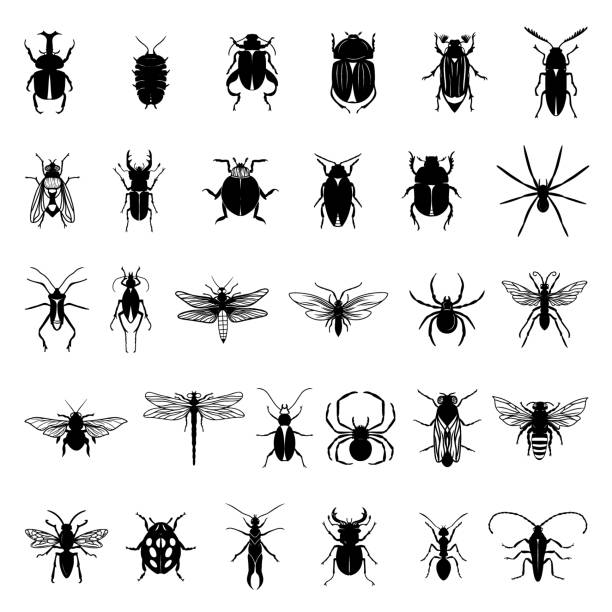
Common Reasons You’re Still Seeing Bugs After Pest Control
There are various reasons why bugs can still be in your home after pest control treatments. Some of these reasons are due to the residual chemicals that pests can absorb or pests are being forced out of their hiding spot and into more visible areas in your home. Here are the common reasons you may still see pests:
Residual Activity
At 520 Termite & Pest Solutions, some of our treatments involve residual chemicals that remain active over time, continuing to combat pests long after the initial application. These chemicals are designed to adhere to surfaces where pests frequent, such as baseboards, entry points, and hidden crevices. As pests come into contact with these treated areas, they absorb the chemicals, which leads to their gradual eradication. This residual activity ensures ongoing protection and helps break the pest life cycle, making it a crucial component of effective pest control.
Pest Behavior
It’s common to notice an increase in pest activity immediately following treatment. This occurs because pests are driven out of their hiding places as they attempt to escape the effects of the treatment. As the pests move around more, they come into contact with the residual chemicals more quickly, which accelerates their elimination. While this increased visibility can be unsettling, it is a positive sign that the treatment is working and the pests are being affected.
Lifespan and Breeding Cycles
Another factor to consider is the lifespan and breeding cycles of pests. Even after a thorough treatment, existing eggs may hatch, leading to new sightings. For example, insect eggs that were protected from the initial treatment will eventually hatch, and the emerging pests will then be exposed to the residual chemicals. This is why it is often necessary to have follow-up treatments to target these new generations of pests and ensure complete eradication.
Incomplete Treatments
Sometimes, treatments may not reach all pests or areas, particularly if the infestation is extensive or hidden in hard-to-reach places. Incomplete treatments can leave behind some pests, which can then repopulate the area. At 520 Termite & Pest Solutions, we emphasize the importance of comprehensive treatments and regular follow-ups to address these challenges. Ensuring that every potential nesting site and hiding spot is treated is key to achieving long-term pest control success.
Factors Influencing the Effectiveness of Pest Control
Type of Pest
Different pests require distinct treatment methods and varying times to be fully eradicated. For example, termites, with their extensive underground colonies, need specialized treatments that penetrate deeply into the soil. Conversely, ants, which can quickly adapt and relocate, often require repeated treatments to ensure all colonies are eliminated. Understanding the specific pest, you’re dealing with helps us tailor the treatment plan to address the issue effectively.
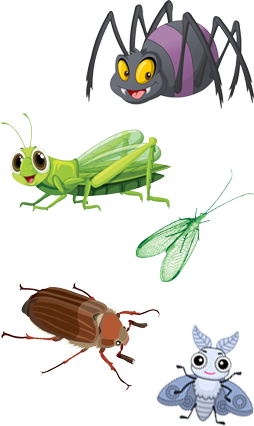
Severity of Infestation
The severity of an infestation significantly impacts the time and effort needed for control. Mild infestations may be resolved with a single treatment, while severe infestations, where pests have established extensive colonies or nests, often demand multiple visits and continuous monitoring. Severe infestations can also mean that pests have spread to various parts of the property, necessitating a more comprehensive and prolonged approach to ensure complete eradication.
Environmental Conditions
Environmental factors play a crucial role in the effectiveness of pest control. Weather conditions, such as heavy rain or extreme heat, can impact the efficacy of treatments. Additionally, a property’s cleanliness and surrounding environment influence pest activity. Cluttered areas provide hiding spots, while poor sanitation can attract pests. For optimal results, it is essential to maintain a clean and orderly environment, reducing factors that attract and harbor pests.
Homeowner Cooperation
Homeowner cooperation is vital for successful pest control. Following our professionals’ post-treatment advice and preventive measures ensures that treatments are effective and long-lasting. This includes activities like sealing entry points, maintaining cleanliness, and removing food and water sources that attract pests. By actively participating in the pest control process, homeowners can significantly enhance the effectiveness of the treatments and prevent the possibility of seeing bugs after pest control.
Misconceptions About Pest Control
Instant Results
A common misconception about pest control is that it provides instant eradication of pests. At 520 Termite & Pest Solutions, we emphasize that pest control is a process rather than a one-time event. While some treatments may immediately reduce pest activity, complete eradication often takes time. Residual chemicals need time to affect the pests, and behavioral changes may temporarily increase visibility of pests as they flee their hiding spots.

One-time Treatment
Many homeowners believe that a single pest control treatment will permanently resolve their pest issues. However, pest control often requires multiple visits and ongoing maintenance to be truly effective. Factors like pest breeding cycles, the severity of the infestation, and environmental conditions can necessitate follow-up treatments to ensure all pests, including newly hatched eggs, are eliminated. Regular maintenance treatments are also essential to prevent future infestations and to keep the property pest-free.
DIY vs. Professional Services
Due to perceived cost savings and convenience, Do-it-yourself (DIY) pest control methods can be tempting. These DIY methods could be a reason you are still seeing bugs after pest control. However, these approaches often lack the thoroughness and expertise provided by professional services. DIY methods may provide temporary relief but often fail to address the root of the infestation, leading to recurring problems. Professional pest control services, like those offered by 520 Termite & Pest Solutions, involve trained technicians who use specialized equipment and knowledge to effectively identify, treat, and prevent pest issues, ensuring long-term results and peace of mind for homeowners.
Steps to Take When You Still See Bugs After Pest Control
Observation Period
After a pest control treatment from 520 Termite & Pest Solutions, it’s important to understand the typical observation period. During the first few days to weeks, you may still see some pest activity. This is normal as pests are driven out of hiding places and come into contact with residual chemicals. Look for decreased activity over time and note any patterns or specific areas where pests are still visible. Keeping a record of these observations can help in assessing the treatment’s effectiveness.
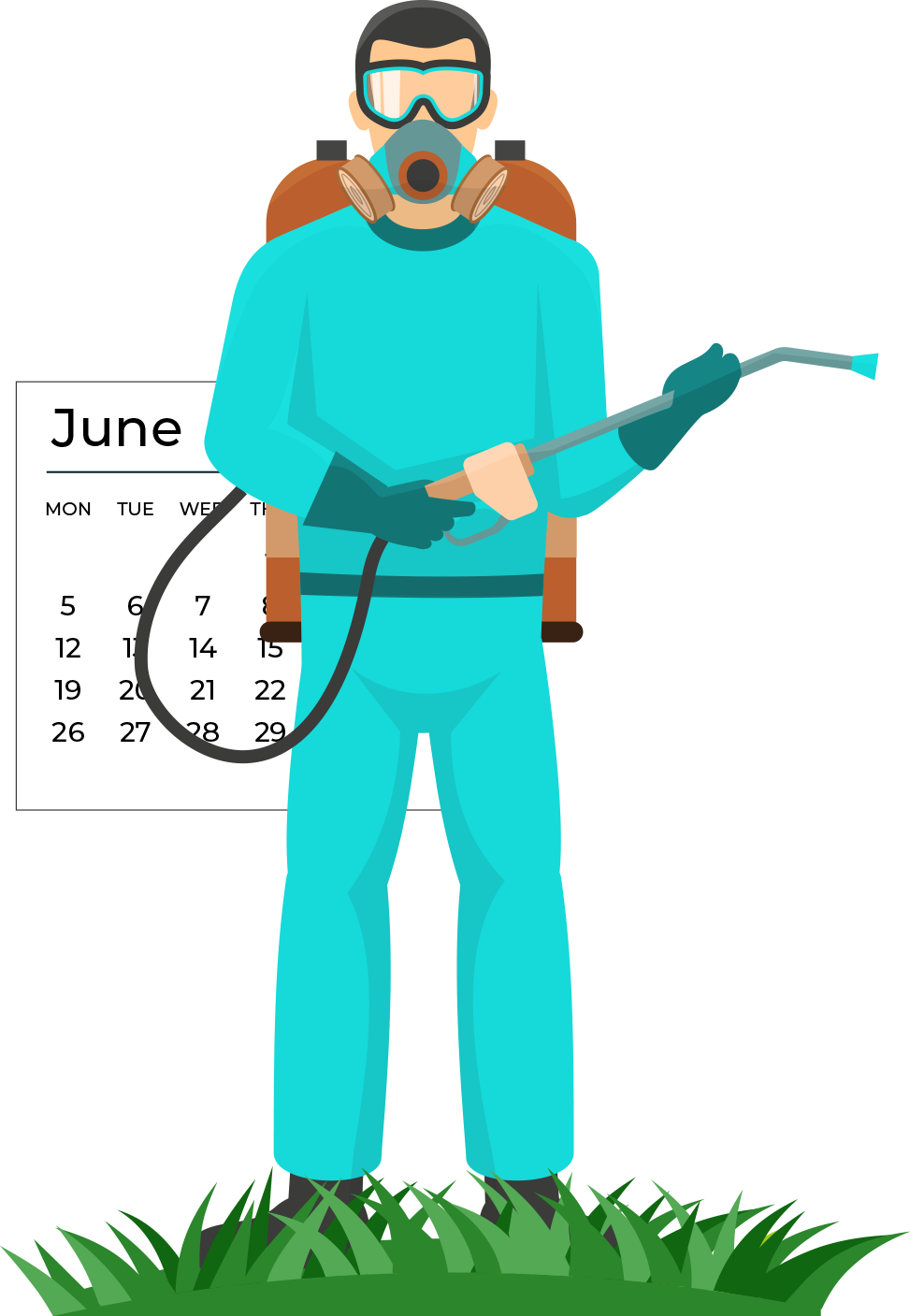
Communication with Pest Control Provider
Maintaining open communication with your pest control provider is crucial. If you continue to see pests after the initial observation period, report these sightings promptly. Providing detailed information about the type, number, and locations of pests can help your technician adjust the treatment plan if necessary. Timely communication ensures that any persistent issues are addressed quickly and effectively.
Follow-Up Treatments
Follow-up treatments play a vital role in ensuring long-term pest control. At 520 Termite & Pest Solutions, we understand that one treatment may not be sufficient for severe or deeply rooted infestations. Follow-up visits allow us to monitor progress, reapply treatments as needed, and address any new issues that arise. These additional treatments help to break the pest life cycle, ensuring a more comprehensive and lasting solution.
Home Maintenance Tips
Homeowners can significantly support pest control efforts through regular maintenance and preventive measures. Here are some practical steps:
- Sealing Cracks and Gaps: Inspect your home for any cracks or gaps in walls, windows, and doors, and seal them to prevent pests from entering.
- Proper Food Storage: Store food in sealed containers and clean up spills promptly to eliminate food sources that attract pests.
- Regular Cleaning: Maintain a clean home by regularly vacuuming, sweeping, and wiping down surfaces to remove crumbs and debris.
- Removing Standing Water: Fix any leaks and remove standing water, which can attract pests like mosquitoes and cockroaches.
- Yard Maintenance: Keep your yard tidy by trimming bushes, removing debris, and keeping grass short to reduce potential hiding spots for pests.
By following these steps, homeowners can create a less hospitable environment for pests, supporting the effectiveness of professional treatments and helping to maintain a pest-free home
Long-Term Pest Prevention Strategies
Regular Inspections
Routine pest inspections are crucial for early detection and treatment of infestations. At 520 Termite & Pest Solutions, we recommend regular inspections to identify potential problems before they become severe. Early intervention can save you time and money and reduce the hassle of dealing with extensive infestations.
Integrated Pest Management (IPM)
Integrated Pest Management (IPM) is a comprehensive approach that combines multiple methods for effective, long-term pest control. IPM strategies include monitoring pest populations, using chemical and biological treatments, and implementing physical barriers. This holistic approach reduces reliance on chemical treatments and promotes sustainable pest management.
Environmental Adjustments
Making environmental adjustments can significantly reduce pest attraction. Simple changes like improving waste management, repairing home structures, and maintaining landscaping can create fewer inviting conditions for pests. For example, keeping your yard tidy, sealing entry points, and ensuring proper drainage can help prevent pests from establishing a foothold. These proactive measures, combined with professional pest control services, contribute to a healthier, pest-free environment.
When to Seek Further Assistance
Recognizing Persistent Problems
Persistent pest problems can be frustrating and may indicate the need for more specialized intervention. Signs that your pest issue is not resolved include seeing a high number of pests after treatments, noticing damage to your property, or experiencing health issues related to pests. If you observe these signs, it’s essential to act promptly to prevent the problem from worsening.
Advanced Pest Control Techniques
For severe infestations that do not respond to standard treatments, advanced pest control techniques may be necessary. Methods like fumigation and heat treatment are more intensive and can effectively eliminate pests that have deeply infiltrated your home. Fumigation involves sealing off your property and filling it with pesticide gas, which penetrates all areas to kill pests. Heat treatment raises the temperature in your home to levels that are lethal for pests but safe for your property and belongings. These methods require professional expertise and are used when other treatments fail to produce desired results.
Professional Consultation
Consulting with pest control experts is crucial for addressing persistent or severe pest issues. At 520 Termite & Pest Solutions, our experienced technicians can assess your situation, recommend the most effective treatments, and provide guidance on preventive measures. Professional consultation ensures that you receive a tailored approach that addresses the specific needs of your pest problem, leading to a more comprehensive and lasting solution. Don’t hesitate to reach out for expert advice and effective pest management strategies.
Still, Seeing Bugs?
Seeing bugs after pest control services is normal due to residual activity, pest behavior, breeding cycles, and the need for comprehensive treatments. Continued sightings can be managed effectively with the right knowledge and actions. Remember, patience and cooperation are key to achieving long-term results. If you have concerns or notice persistent pest activity, contact 520 Termite & Pest Solutions for expert assistance. Follow our recommended practices to support pest management efforts and maintain a pest-free home. Together, we can ensure a healthier, safer living environment for you and your family.

